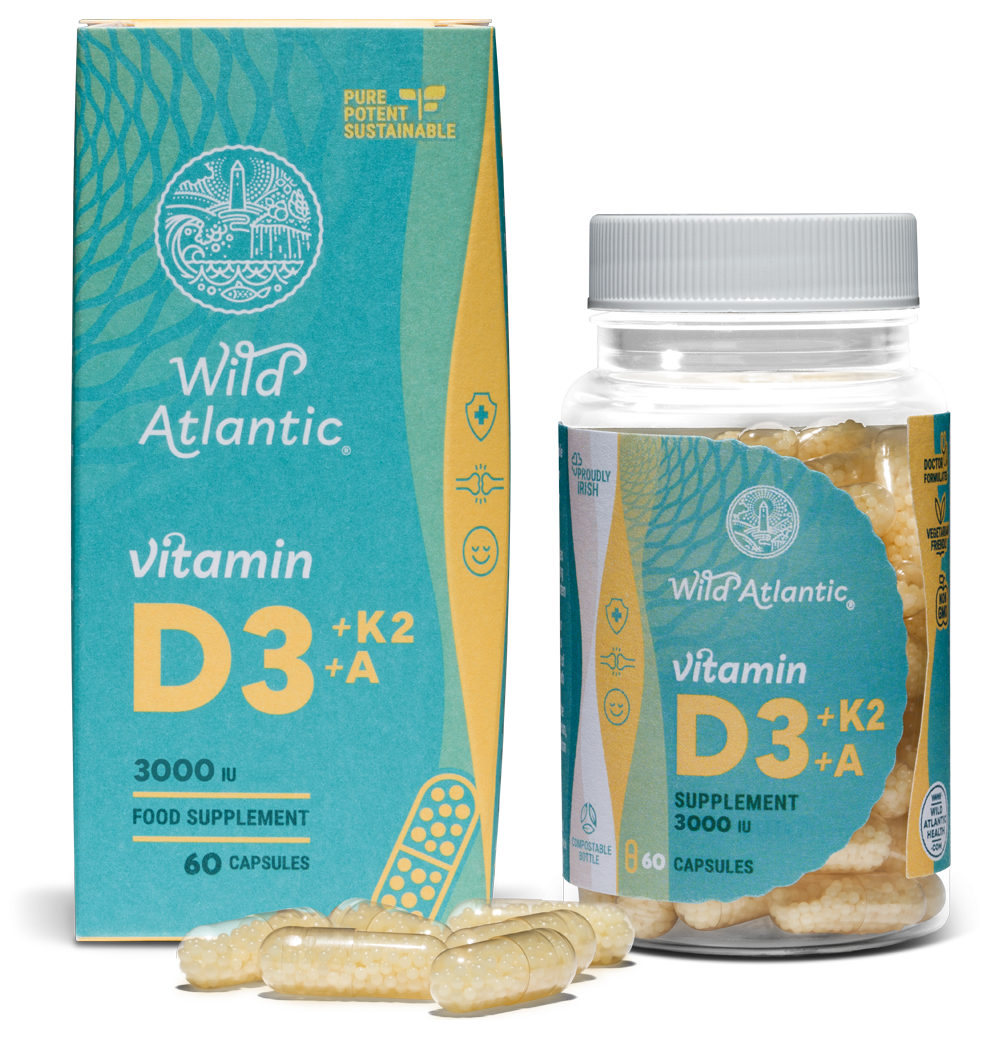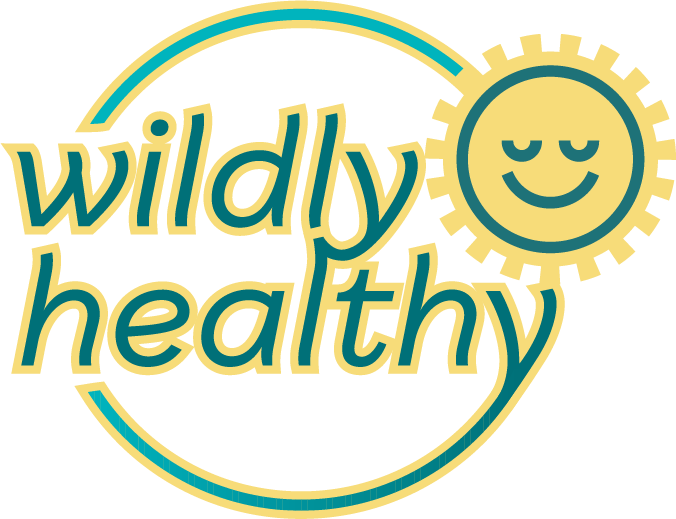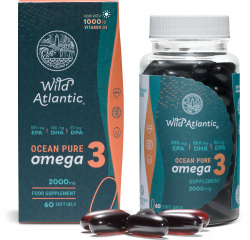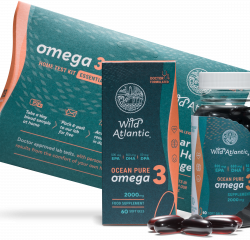Vitamin D and Sunbed Use: Can Tanning Beds Help Boost Your Vitamin D Levels?
Indoor tanning has gained popularity as a method to achieve a year-round tan and potentially boost vitamin D levels, especially in regions with limited sunlight. However, the safety and efficacy of using sunbeds for vitamin D production remain topics of debate. This article explores whether sunbed use is a viable source of vitamin D, the risks associated with tanning beds, and safer alternatives to maintain optimal vitamin D levels. Understanding these aspects can help you make informed decisions about your health and sunbed use.
What is Vitamin D and Why is it Important?
Vitamin D is a fat-soluble vitamin that plays a crucial role in maintaining bone health, supporting the immune system, and aiding calcium absorption. Often referred to as the sunshine vitamin, it can be synthesized by the skin when exposed to UVB rays from the sun. Ensuring adequate vitamin D levels is vital for overall health and well-being.

Vitamin D facilitates the absorption of calcium and phosphorus, essential minerals for bone formation and maintenance. Without sufficient vitamin D, bones can become thin, brittle, or misshapen. Additionally, vitamin D modulates the immune system, reducing the risk of infections and chronic diseases such as heart disease and cancer.
Vitamin D Synthesis and Sources
Vitamin D synthesis occurs when the skin is exposed to UVB rays, converting 7-dehydrocholesterol to vitamin D3. This form of vitamin D is then metabolized in the liver and kidneys into its active form, which the body uses to maintain health. Apart from sunlight, dietary sources like fatty fish, fortified foods, and supplements also contribute to vitamin D levels.
Can You Get enough Vitamin D from Sunbeds?
Many people wonder if they can use sunbeds to boost their vitamin D levels, especially in regions with limited sunlight. While sunbeds do emit UV radiation, their effectiveness in producing vitamin D and their safety remain controversial.
Tanning Beds and UVB Radiation
Sunbeds primarily emit UVA rays, which penetrate the skin more deeply but are less effective at stimulating vitamin D production compared to UVB rays. Some sunbeds are designed to emit UVB radiation, but the proportion and intensity can vary significantly.
Effectiveness of Sunbeds in Vitamin D Production

Research suggests that sunbeds can increase vitamin D levels to some extent. However, the amount of UVB radiation required to produce sufficient vitamin D without increasing the risk of skin damage or cancer is difficult to achieve with sunbed use. The potential benefits must be weighed against the risks of excessive UV exposure.
How Sunbeds Work: UltraViolet Radiation Explained
Sunbeds use UV lamps to emit radiation similar to that from the sun. Understanding how they work and the types of UV radiation involved is crucial for evaluating their safety and effectiveness.
Types of UV Radiation: UVA and UVB
- UVA Rays: Penetrate deeper into the skin, causing aging and long-term skin damage. Less effective for vitamin D production.
- UVB Rays: Less penetrating but more effective at stimulating vitamin D synthesis. Can cause sunburn and contribute to skin cancer risk.
Emission Levels and Safety Standards
Sunbeds vary in their emission of UVA and UVB radiation. While some sunbeds are designed to emit UVB rays for vitamin D production, the balance and intensity must be carefully managed to avoid harmful effects.
How long does it take for Vitamin D to work?
Risks of Sunbed Use: Skin Cancer, Melanomas, and More
While sunbeds may offer a controlled environment for tanning, they pose significant health risks, including an increased risk of skin cancer.
Skin Cancer and Ultra Violet Exposure
Prolonged exposure to UV radiation from sunbeds can damage the DNA in your skin cells, leading to mutations that increase the risk of skin cancer, including melanoma, squamous cell carcinoma, and basal cell carcinoma.
Other Health Risks
In addition to skin cancer, excessive sunbed use can cause premature aging, eye damage, and immune suppression. The Skin Cancer Foundation and other health organizations strongly discourage the use of tanning beds due to these risks.
Can you get Vitamin D from Tanning Beds?
Indoor tanning can increase vitamin D levels, but the associated risks often outweigh the benefits. Safer alternatives should be considered for maintaining adequate vitamin D levels.
Comparing Sunbeds to Natural Sunlight
Natural sunlight provides a balanced spectrum of UV radiation, making it a more effective and safer source of vitamin D compared to sunbeds. Short periods of sun exposure without sunscreen can boost vitamin D levels without significantly increasing skin cancer risk.
Sunbeds and UVB Emission
While some sunbeds emit UVB radiation, their effectiveness and safety for vitamin D production are questionable. Natural sunlight remains the best source for stimulating vitamin D synthesis.

Vitamin D3+K2+A
Summary of Key Points
- Vitamin D is crucial for bone health, immune function, and overall well-being.
- Sunbeds primarily emit UVA rays and are less effective for vitamin D production compared to natural sunlight.
- Prolonged sunbed use increases the risk of skin cancer, including melanoma, squamous cell carcinoma, and basal cell carcinoma.
- Safe sun exposure, dietary sources, and supplements are recommended for maintaining optimal vitamin D levels.
- Regularly monitor your vitamin D status through blood tests and consult with a healthcare provider for personalized advice.
By understanding the risks and benefits of sunbed use for vitamin D production, you can make informed decisions to maintain your health safely. Opt for natural sunlight and dietary sources to ensure you get enough vitamin D while minimizing the risks associated with UV exposure.





























